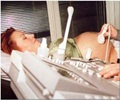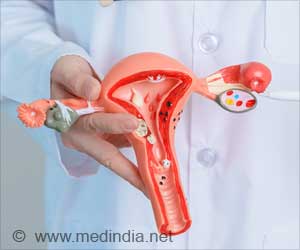
‘Unintended fetal exposures to gadolinium can occur during early pregnancy among women who are not yet aware they are pregnant. ’
Tweet it Now
Gadolinium can cross the placenta and enter the fetal circulation. The safety of GBCAs in pregnant women has not been established, and their use during pregnancy is not recommended unless essential to the health of the woman or fetus. Available data from cohort studies and case reports have revealed inconsistent findings regarding the association between gadolinium and adverse fetal outcomes. To obtain a more precise idea of the prevalence of GBCA exposure among pregnant women, study lead author Steven Bird, Pharm.D., Ph.D., of the U.S. Food and Drug Administration's (FDA) Division of Epidemiology, and colleagues analyzed data on U.S. pregnancies resulting in live births between 2006 and 2017. The data was collected from 16 partners of the FDA's Sentinel System, a program that allows for active surveillance of healthcare data from multiple sources to monitor the safety of regulated medical products.
The data revealed exposures to GBCAs in 5,457 of 4,692,744 live births, a number corresponding to one in 860 pregnancies. Most of the exposures came from contrast MRI examinations of the head, although the number of pelvic and abdominal MRIs were also noteworthy. Almost three-quarters of exposures occurred during the first trimester. The results strongly suggested that inadvertent exposure to GBCAs may occur before pregnancy is recognized.
"Increased attention to existing pregnancy screening measures may help reduce inadvertent exposures to gadolinium contrast," Dr. Bird said.
The FDA has advised all MRI centers to provide a medication guide to outpatients during their first gadolinium contrast administration, stating that pregnant women and young children may be at increased risk from gadolinium staying in the body.
Advertisement
The FDA is continuing to monitor reports of adverse events associated with gadolinium exposure in utero. While this study was not designed to assess health outcomes of this early exposure for women and/or infants, the FDA is collaborating on and funding a study to evaluate potential risk for stillbirth and other neonatal adverse effects following in utero exposure to gadolinium in a large group of pregnant Medicaid beneficiaries.
Advertisement















